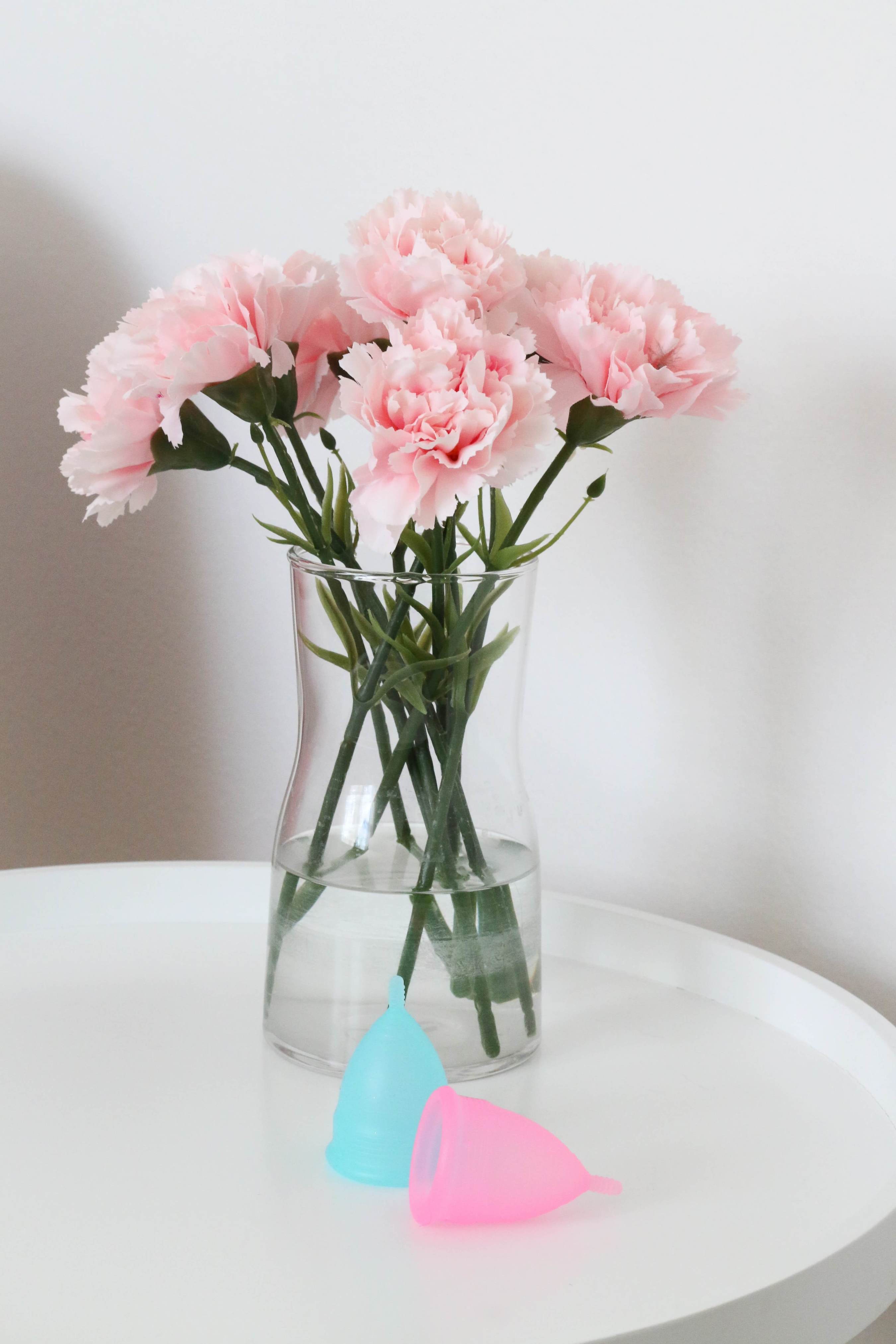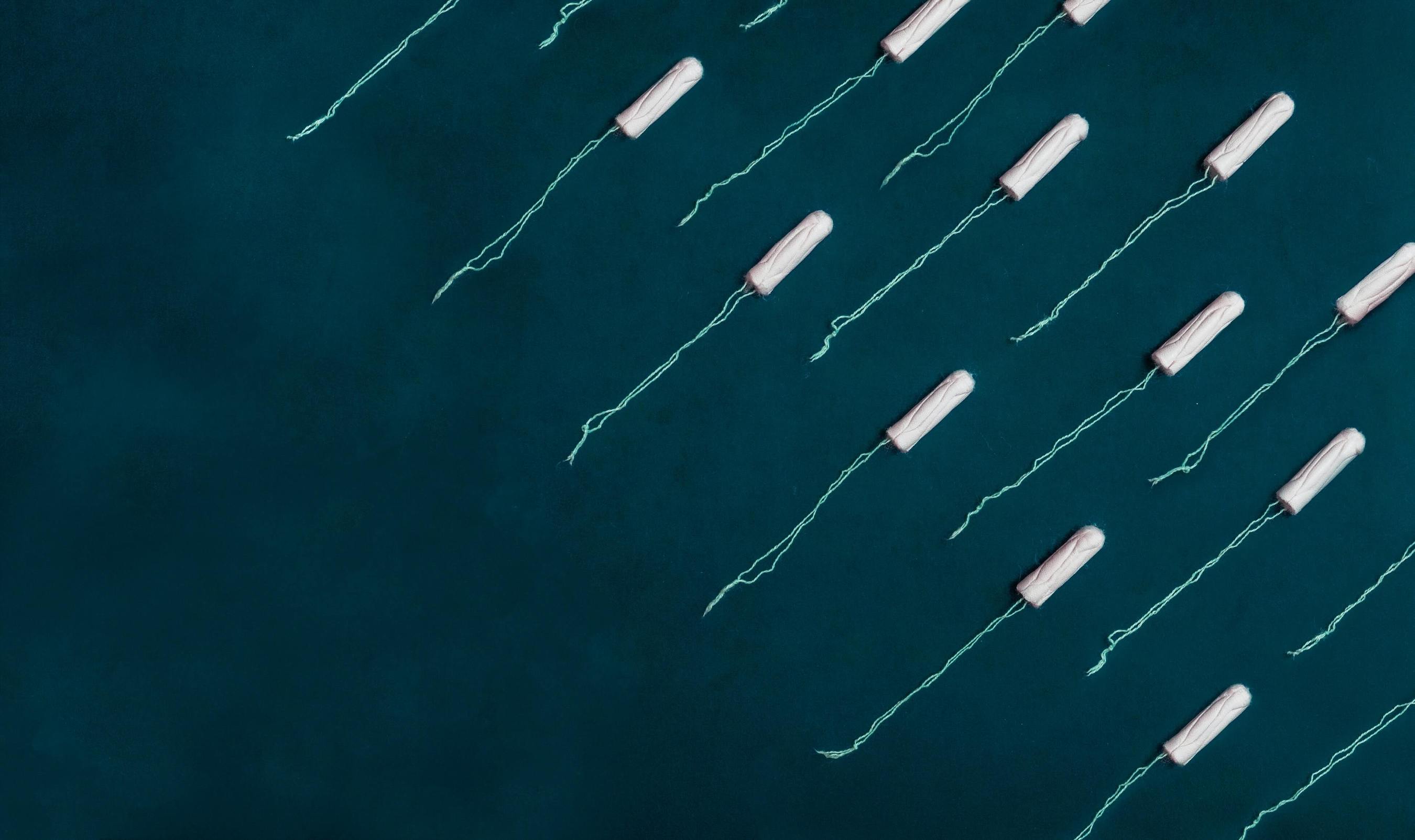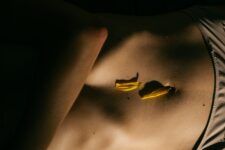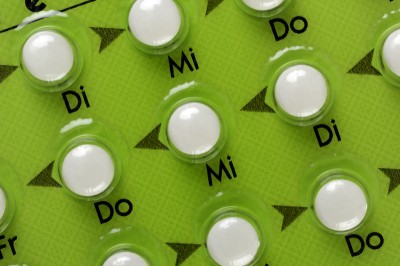Like many of you, I’m increasingly worried about the number of chemicals we are exposed to. From talking to our Yinova patients, I am clear that many of us want to take sensible steps towards a less toxic lifestyle. Personally, I’ve changed my diet, eliminated toxic household cleaners, made different make-up choices, and even found a natural deodorant that works (Dr. Hauschka).
In the past, I’ve eyed organic tampons in the health food store and dismissed them as too expensive. However, as someone who specializes in reproductive care, I know that the membranes inside the vagina are thin, sensitive, and more porous than our skin. On average, someone will use about 11,000 tampons or sanitary towels in their lifetime, so it makes sense to look closely at what these products are made of. When I researched the chemicals in most commercial sanitary products I knew that this was another change I needed to make.
Dioxins
In our book, Making Babies: A Proven 3-Month Program for Maximum Fertility, Dr. David and I discussed the adverse effect of dioxins on fertility and you can find out more about them here on the EPA (Environmental Protection Agency) website. As you can see from the link the EPA has confirmed that dioxins are known to cause cancer in animals and are suspected of contributing to human cancers too.
Tampons are made of cotton and rayon which are bleached because we, the consumers, associate white cotton with purity and cleanliness. This bleaching process produces dioxins, although the FDA assures us that they are present in tampons in very minute levels and are therefore safe. However, the risk from dioxins increases with repeated exposure because dioxins have a long half-life. What this means is that the dioxins stay active in the body and don’t break down for many years. In fact, it may take 50 years or more for them to be completely eliminated from the body. Dioxins, therefore, build up over time, and each exposure increases the amount of the chemical in the body. According to the EPA, there really is no “acceptable” level of exposure to dioxins. The real danger lies in repeated contact and I think we’d all agree that using about 5 tampons a day, 5-7 days a month, for about 40 years means we definitely have repeated contact with this dangerous chemical even though the levels are very low.
Pesticides
Did you know that cotton is one of the crops that are most heavily sprayed with pesticides? I didn’t either. Not until I started to look at the research and found out that 10% of the all world’s pesticides and 22.5% of insecticides are used to grow non-organic cotton. Five of the top nine pesticides used on cotton in the U.S. are known to be carcinogenic and all nine of them are classified by the EPA as Category I and II chemicals, meaning the most dangerous and likely to cause harm. Again the residues in tampons are small but given the repeated exposure are they small enough to be harmless? We don’t know and personally I’m no longer willing to take the risk.
Fragrances
Fragrances are a new addition to feminine hygiene products. We’re supposed to want them in order to smell better “down there”, but I consider them a marketing tool that preys on our insecurities to sell us something we don’t need. These fragrances are considered to be trade secrets so tampon manufacturers do not have to tell us what chemicals they use. They are simply required to list them as “fragrance”. However, among these hidden chemicals, we may be being exposed to phthalates which are a class of chemicals known to disrupt hormones and affect fertility. Why take the risk?
So, what should we use?
Tampons
There are plenty of organic tampons for sale in health food stores and online. They’re more expensive than ordinary tampons and it is cheaper to use reusable pads or a cup, however, they’re convenient and if you can afford to make the switch they may be a good option. Trusted brands include Seventh Generation and Natracare.
Disposable pads
Look for sanitary towels that are made with organic cotton and are not bleached with chlorine. Both Natracare and Seventh Generation make pads that are widely available.
Reusable pads
Our granny’s generation used reusable pads which involved belts and safety pins. Thankfully the modern versions of these pads are much less cumbersome. Check out the ones made by Lunapads, which are convenient to use and well designed.
Cups
Menstrual cups are a type of barrier worn inside the vagina, just below the cervix, to collect menstrual fluid. I like these! I didn’t think I would, but whilst doing my research, I tested the Diva Cup and found it to be a comfortable alternative to tampons. It’s made of medical-grade silicone and contains no chlorine, dyes, or additives. It does require access to a clean water supply to cleanse the cup and the manufacturers recommend using a mild, unscented soap to clean it regularly. Diva cup sells a cleanser for just this purpose.

So are tampons toxic?
The answer is we’re not sure. Some of the more extreme internet myths (such as the one where tampons have been found to contain asbestos) have been discredited. The chemicals in tampons seem to be low level but they have known carcinogens and hormone disrupters. Given the vulnerability of vaginal tissue and the repeated, regular exposure feminine hygiene products require, it seems sensible to limit our exposure to these chemicals by switching to natural brands of tampons or the many alternatives that are now on the market.






